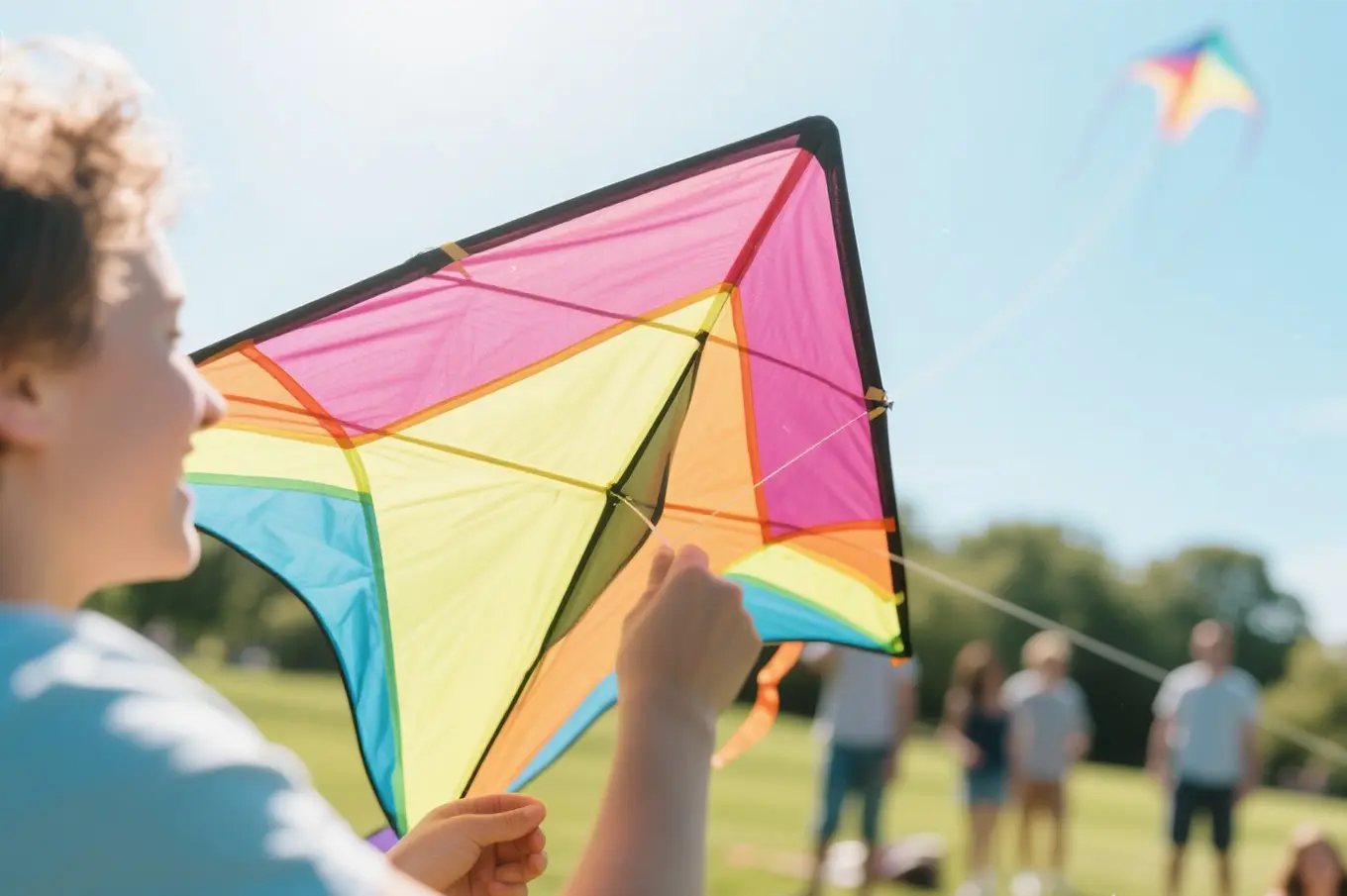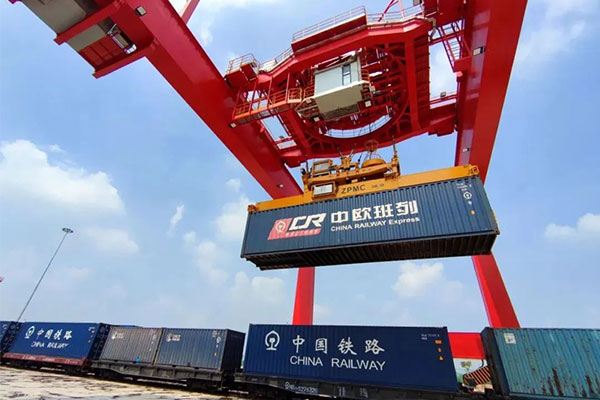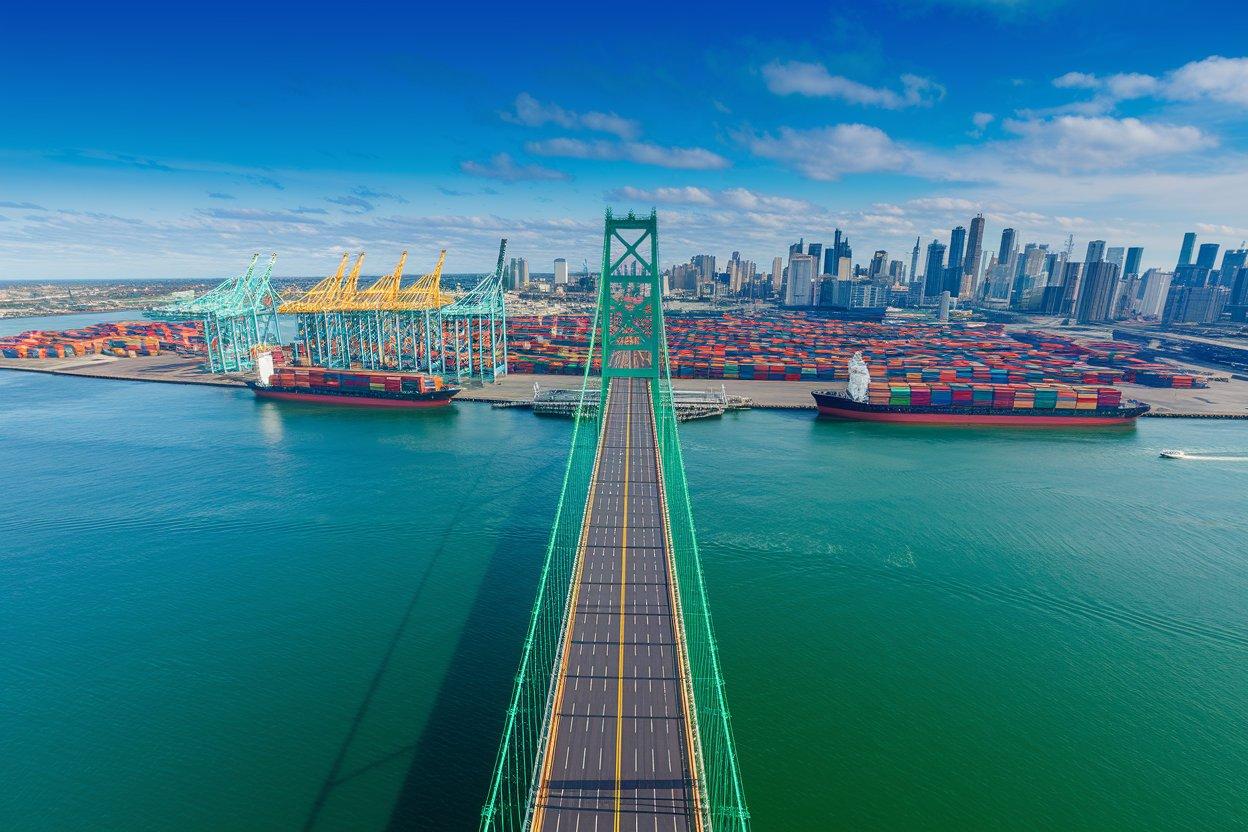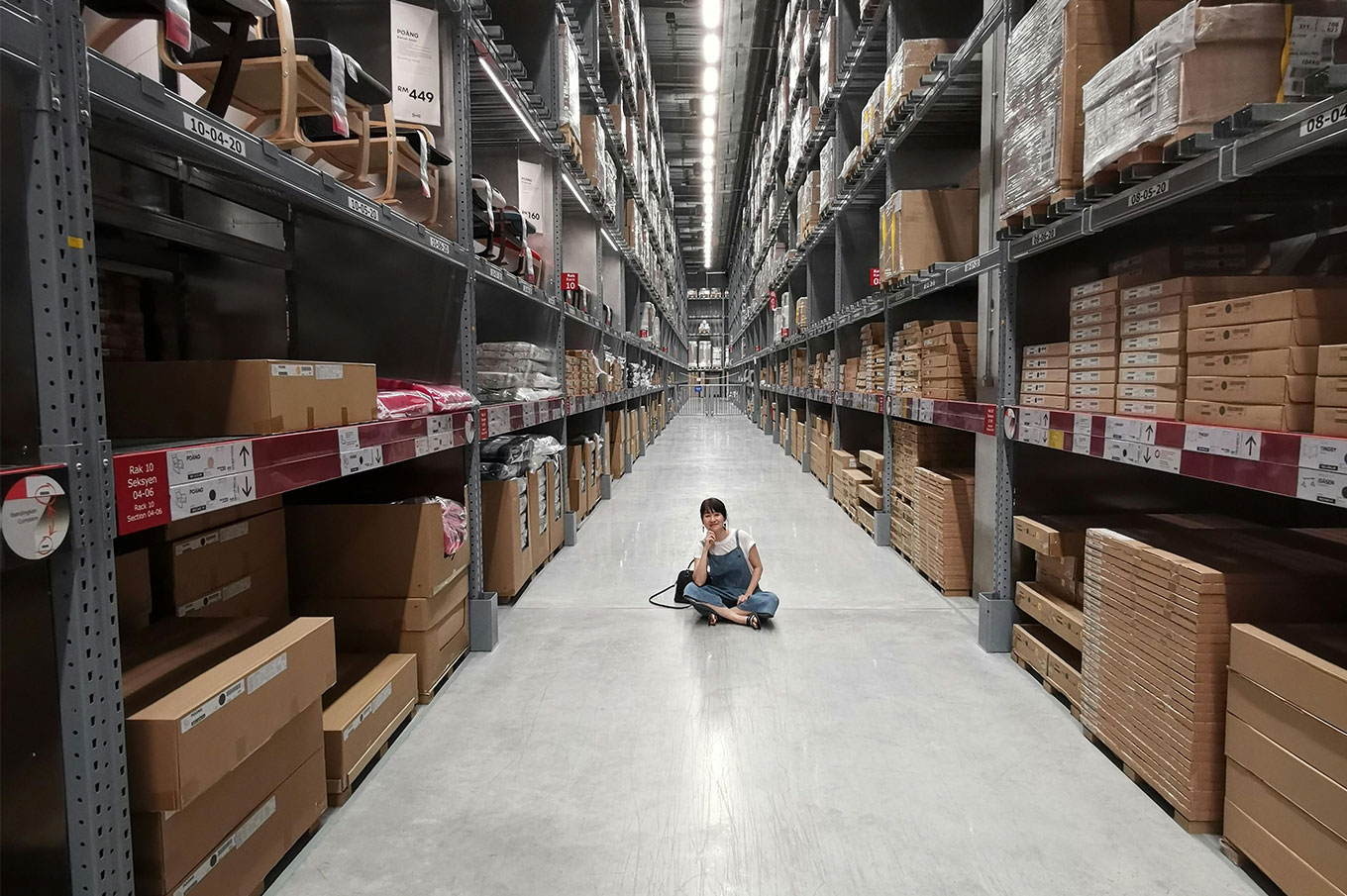- Shanghai Zhongshen International Trade Co., Ltd. - Two decades of trade agency expertise.
- Service Hotline: 139 1787 2118
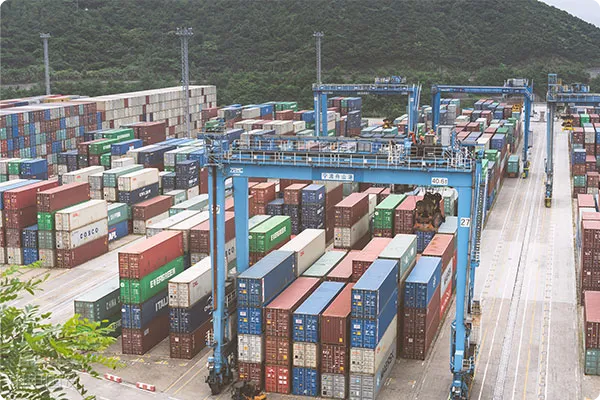
To export lighting fixtures to Russia, multiple requirements must be met.
I. Product Certification
EAC certification
– EAC certification is a mandatory requirement for the circulation of products in the Eurasian Economic Union (EAEU) market, of which Russia is a member. For lighting products, EAC certification covers critical aspects such as safety and electromagnetic compatibility.
- In terms of safety standards, lighting fixtures must comply with requirements such as fire prevention and electric shock protection. For example, the housing material of the fixtures should possess certain fire-resistant properties to prevent fires caused by overheating during use. The circuit design of the fixtures must also ensure that users are not at risk of accidental electric shocks, such as maintaining excellent insulation performance and ensuring secure and safe wiring connections.
– In terms of electromagnetic compatibility, the luminaire must not generate excessive electromagnetic interference that affects other electronic devices, while also possessing a certain level of anti-interference capability. For example, the electronic driver components in LED luminaires must undergo rigorous testing to ensure they do not interfere with surrounding devices such as radios or televisions during normal operation, and can still function properly when subjected to a certain degree of external electromagnetic interference.
2. GOST-R Certification (may still be required in certain cases)
– Although EAC certification is gradually becoming mainstream, GOST-R certification may still be required for certain projects or at the request of long-term clients. GOST-R certification covers multiple dimensions of standards for luminaires, including quality and performance. For example, indicators such as light intensity and color rendering must meet the standards specified by GOST-R certification.
II. Product Packaging Requirements
Language Labeling
– The packaging must include Russian labeling. It should contain basic information about the luminaire, such as the product name, model, power, operating voltage range, manufacturer's name and address, etc. For example, clearly mark "Светильник (luminaire)" next to the product name, along with the corresponding model number, such as "Модель – XYZ."
– Safety warning signs must also be provided, such as "Caution! Do not touch the socket with wet hands," to ensure user safety.
Packaging Quality
– The packaging must be able to withstand bumps, compression, and other conditions during transportation. Lighting fixtures are generally fragile, especially those made of glass or containing delicate electronic components. Therefore, the selection of packaging materials is crucial. For instance, thick foam plastic can be used to wrap the fixtures, followed by sturdy cardboard boxes for outer packaging, ensuring that the fixtures remain undamaged during the long-distance transportation from the production site to the destination in Russia.
III. Trade Documentation
Commercial Invoice
– The commercial invoice should detail the specifications, quantity, unit price, and total price of the lighting fixtures. This helps Russian customs accurately assess the value of the goods for the purpose of imposing corresponding tariffs. For example, the invoice must clearly state that the lighting fixtures are LED ceiling lights, with a quantity of 100 units, a unit price of $10, and a total price of $1,000.
Bill of Lading
– The bill of lading is a crucial document in cargo transportation. When exporting lighting fixtures to Russia, the information on the bill of lading must be accurate, including details such as the shipper, consignee, port of loading, port of discharge, and description of goods. For example, if the shipper is a Chinese lighting manufacturer, the company's name and address must be correctly stated; similarly, if the consignee is a Russian lighting distributor, the company name and delivery address should be provided in detail.
3. It is recommended to verify through the following methods:Technical data
– The certificate of origin proves the production location of the lighting fixtures. For Russia, this helps determine whether to grant tariff preferences and other policies based on trade agreements. If the lighting fixtures are produced in China, the certificate of origin issued by the relevant Chinese authorities can indicate the product's "Made in China" status.
IV. Product Features Adapted to the Russian Market
Cold Resistance
– Most regions of Russia experience cold winters, requiring lighting fixtures to function properly in low-temperature environments. For outdoor lighting such as street lamps and garden lights, their electronic components, batteries (if any), and housing materials must be adapted to cold conditions. For instance, standard lithium batteries tend to underperform in low temperatures. If a lighting fixture is powered by lithium batteries, it is necessary to either opt for lithium batteries with better low-temperature performance or implement additional insulation measures to ensure reliable power supply during cold weather.
Compliance with Local Aesthetics and Usage Habits
– Russian consumers have their own preferences when it comes to the styles and colors of lighting fixtures. In terms of style, simple yet elegant designs are often more popular, such as geometric-shaped pendant lights or classic wall lamp styles. For colors, white, gold, and similar tones are generally favored. Additionally, the installation methods of lighting fixtures must align with local architectural structures and usage habits. For example, the ceiling structures in Russia may differ somewhat from those in China, so the mounting accessories for ceiling lights need to be compatible with local ceiling installation requirements.
Compulsory certificationLighting fixtures must meet requirements across certifications, packaging, trade documents, and product features to ensure smooth entry into the Russian market and satisfy consumer demand.
Related Recommendations
Contact Form
? 2025. All Rights Reserved. Shanghai ICP No. 2023007705-2  PSB Record: Shanghai No.31011502009912
PSB Record: Shanghai No.31011502009912

